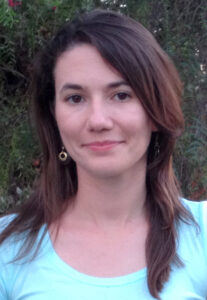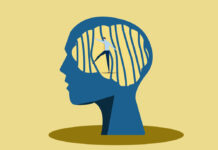by Kate Field, MindFreedom Blogger

If you are reading this, you are probably involved in the mental health system. You might consider yourself a patient. You might consider yourself a professional or perhaps a caregiver. Maybe you consider yourself a survivor of the system. If you are reading this, you are probably interested in change. The interest of change, and the exploration of its possibilities, unites the readers of this site.
People experience the possibility of change in different ways. What does a person do with feelings that can range from curiosity to rage, from overwhelming sense of impotence to a deep drive for important action? That question has been explored by generations before ours. Activists of all stripes have come before us, and they can teach us what it means to want change. At its heart, activism is empowering.
Martin Luther King, Jr., for example, valued creative maladjustment and nonconformity. He spoke of the inability to be normal in a society that is deeply unequal, unjust and violet. “We will only reach out for that normalcy in which the brotherhood of man is a reality,” he said in 1963. “We will only reach out for that type of normalcy in which every man will respect the dignity and the worth of human personality.”
One might argue that a group of people willing to question, challenge and confront the status quo of the mental health system can be described in no other way than as a group of nonconformists.
King died before the internet existed, but the online world’s power to strengthen and organize should not be overlooked. Sociologists Jennifer Earl and Katrina Kimport study online activism. In their book Digitally Enabled Social Change, they describe the internet as having the power to join people despite separation in time and space while also allowing people to participate in relative privacy and safety. People can also choose to work on smaller projects or larger overarching pushes for social change.
“[T]here has never before been an opportunity to be a five-minute activist who navigates between participating in an e-tactic [i.e., online petitions, email campaigns—author’s note], checking Facebook, and doing job-related work on a computer”, Earl and Kimport write. “There have only been opportunities to spend hours or more coming together with people and put oneself in harm’s way.”
Through online activism, it’s possible to work at your own pace with greater security than before.
The sociologists also mention the power of a dedicated group of activists willing to keep the flame burning when times are rough. This group can empower and mobilize newcomers when times change and interest levels rise. The power to call large groups of people over space and time and to preserve information for long periods is an asset of the Internet.
“If potential participants have time one day and not the next, mobilizations can go forward as long as some people have some time each day,” write Earl and Kimport. Collective activism is possible even if the collective never meets offline or at the same time.
Activism takes many forms. Social movements happened in the past, and they happen now. King called for organization of all people, especially those who are creative, disciplined and maladjusted. The Internet provides a forum and a tool for activists of all types to work together. However small, as long as the flame burns, the movement lives.
Though their goals may have varied, we can learn from activists who have come before us. MindFreedom International is dedicated to a nonviolent revolution in mental health care. Activism unites people, energizes souls and changes the world. We only have to look at history to see its power and be hopeful for the future.
——————————-
Sources:
Earl, Jennifer, and Katrina Kimport. Digitally Enabled Social Change: Activism in the Internet age. Cambridge: MIT Press, 2011. Print.
King, Martin Luther, Jr. “All Labor Has Dignity.” Ed. Michael K. Honey. Boston: Beacon Press, 2011. Print.
King, Martin Luther, Jr. Strength to Love. Cleveland: First Fortress Press, 1981. Web.















I’m copy cat , I do activism by copy pasting quotes and a link to pages like MIA all the time anywhere and everywhere online where it might get a view usually on psychiatric stuff. Comments on youtube videos, news pages, on web forums any place with a text box I can write or paste and then post. I call it Copy-Cattin.
I also think everyone should write a http://www.ripoffreport.com on any hospital or doctor that abused them, its a consumer complaint site and these reports show up online when people search the doctor/hospital and if they received abusive treatment as well they will often post there own story further exposing what goes on in the place.
Screw the current mental health system , what they did to me was nothing more than just severely kicking me when I was down. I was so beat up already and then help is having to fight like hell not to be drug raped into oblivion behind a locked door by people with the nerve to call that “help” !
I can do something, unlike in that “hospital” where people just yelled “I’m going to sue this place” in the face of the abuse when there abusers knew that most would get out and just add it to the list of crappy stuff that happened to them in life or find out how hard it is to get a lawyer to help and just give up.
Report comment